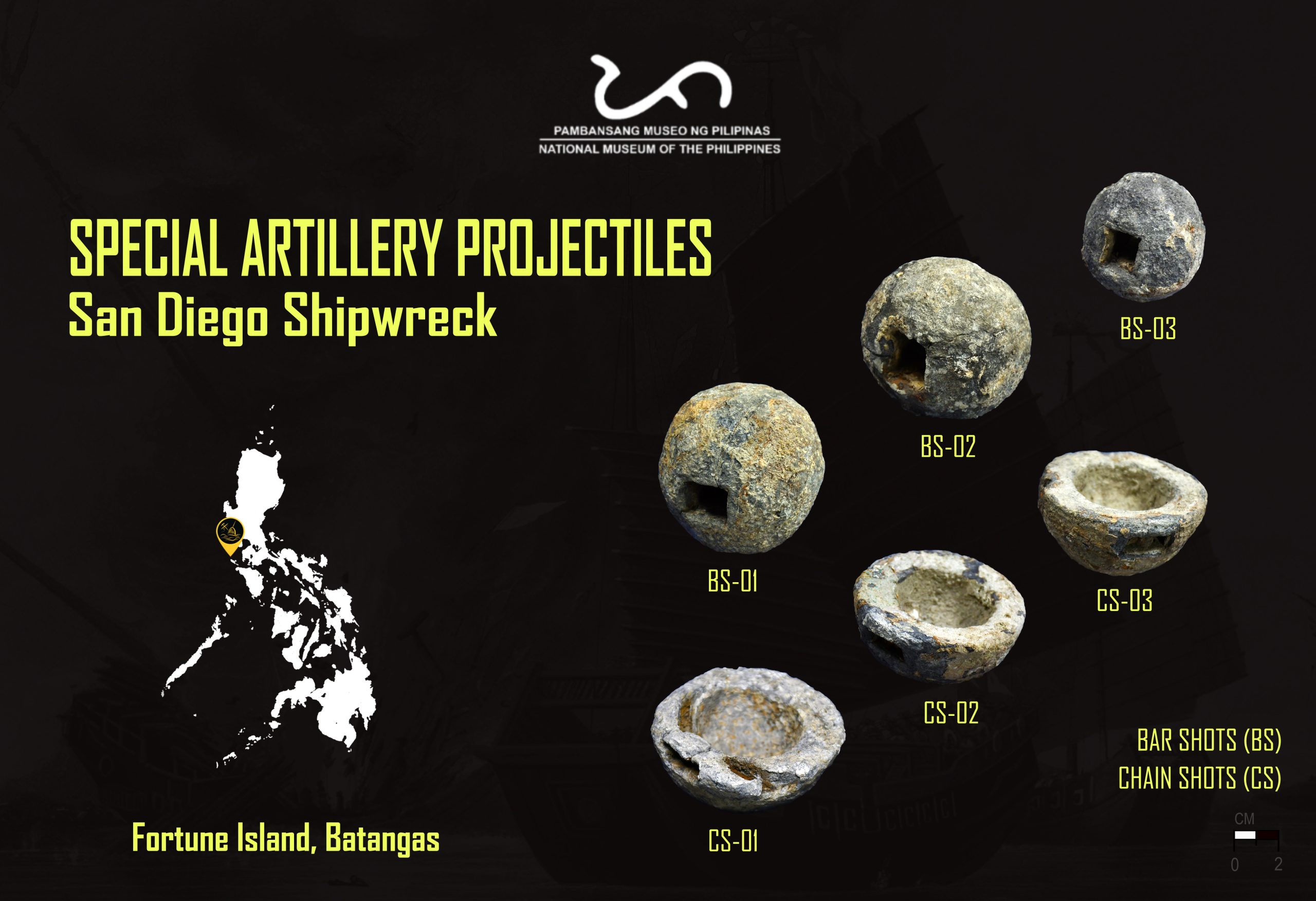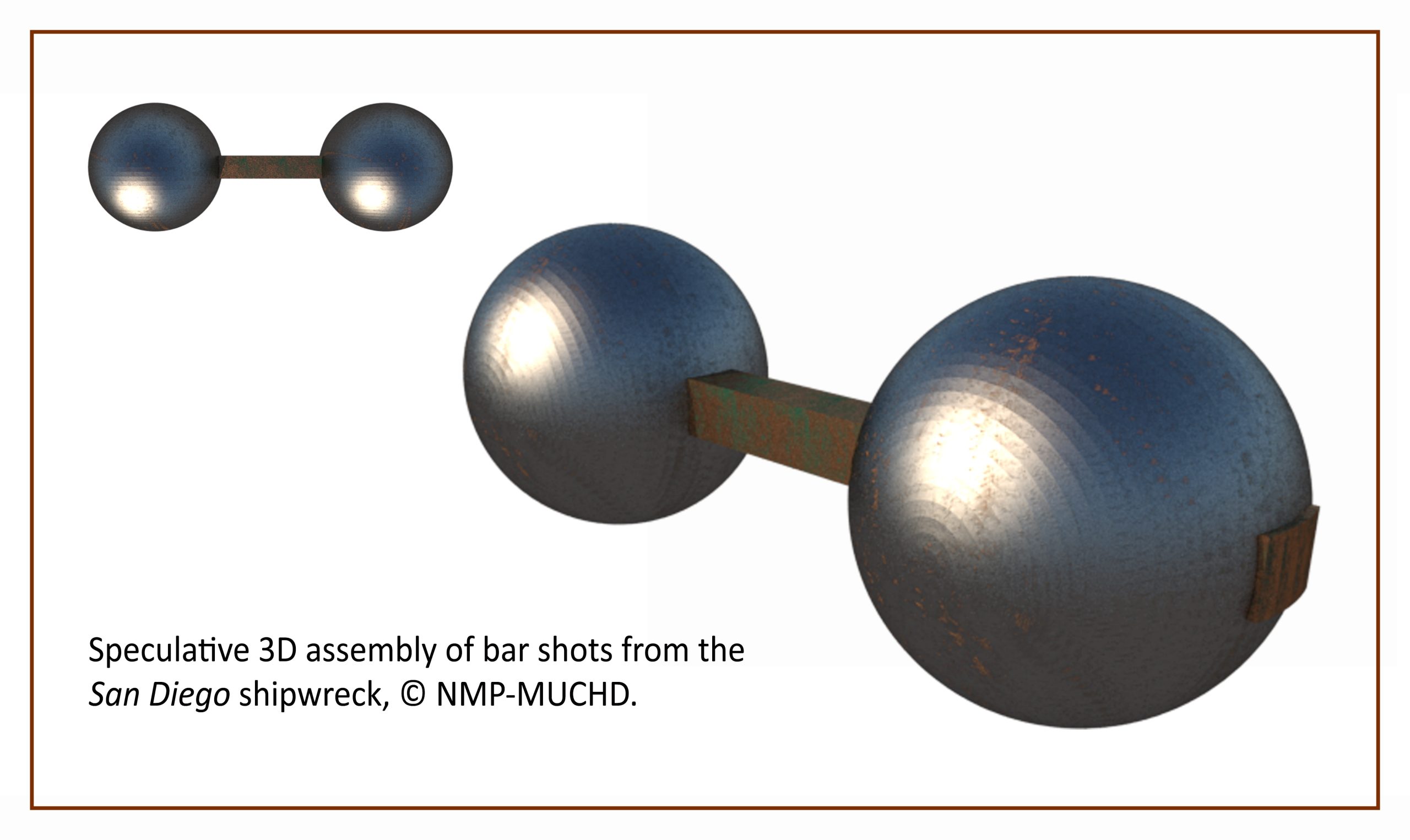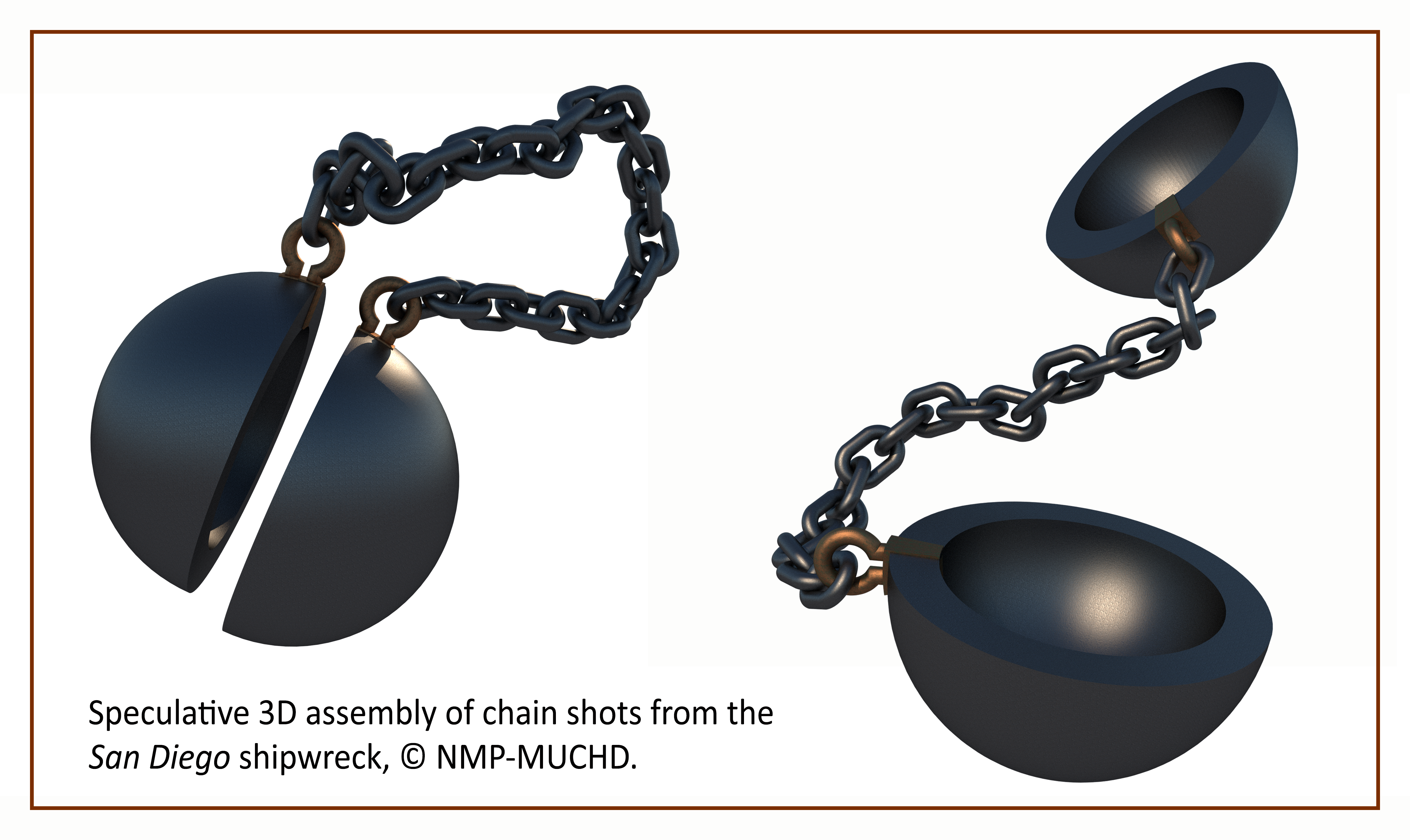Beads and Threads
LET’S LEARN FROM THE CULTURE BEARERS. The #NationalMuseumPH – Eastern Northern Mindanao invites you to a demonstration on “Tuhog” or Manobo beadwork on 28 and 29 May 2022, Saturday and Sunday, from 9 am to 4 pm.
The two-day demonstration will be conducted on-site following the minimum health protocols required by the quarantine status of the Butuan City.
As we celebrate National Heritage Month 2022, with the theme, “PAMANANG LOKAL: Binhi ng Kulturang Pilipino”, your NM-Eastern Northern Mindanao aims to highlight one of the living traditions of the Manobo in Agusan, the making of ornaments such as headdresses, necklaces, and bracelets through “tuhog” or beadwork.
This activity will engage the public, especially elementary and high school students on the tangible and intangible heritage of the Agusan Manobo. This is also to acknowledge and support the role of culture bearers in the transmission and preservation of our heritage.
Aside from the sharing and demonstrations, they will also bring for sale items to be displayed in a designated area at the museum lobby.
This activity is in collaboration with the NMP-Gender and Development Focal Point System (GAD-FPS), NMP Ethnology Division, National Commission on Indigenous Peoples (NCIP)-Caraga, and Butuan City Council for Culture, Heritage and the Arts.
For further queries on the activity, email us at nationalmuseumbutuan@gmail.com or call and text us at 09190779854.
See you and let us learn together how the Manobo make their colorful beaded ornaments!














